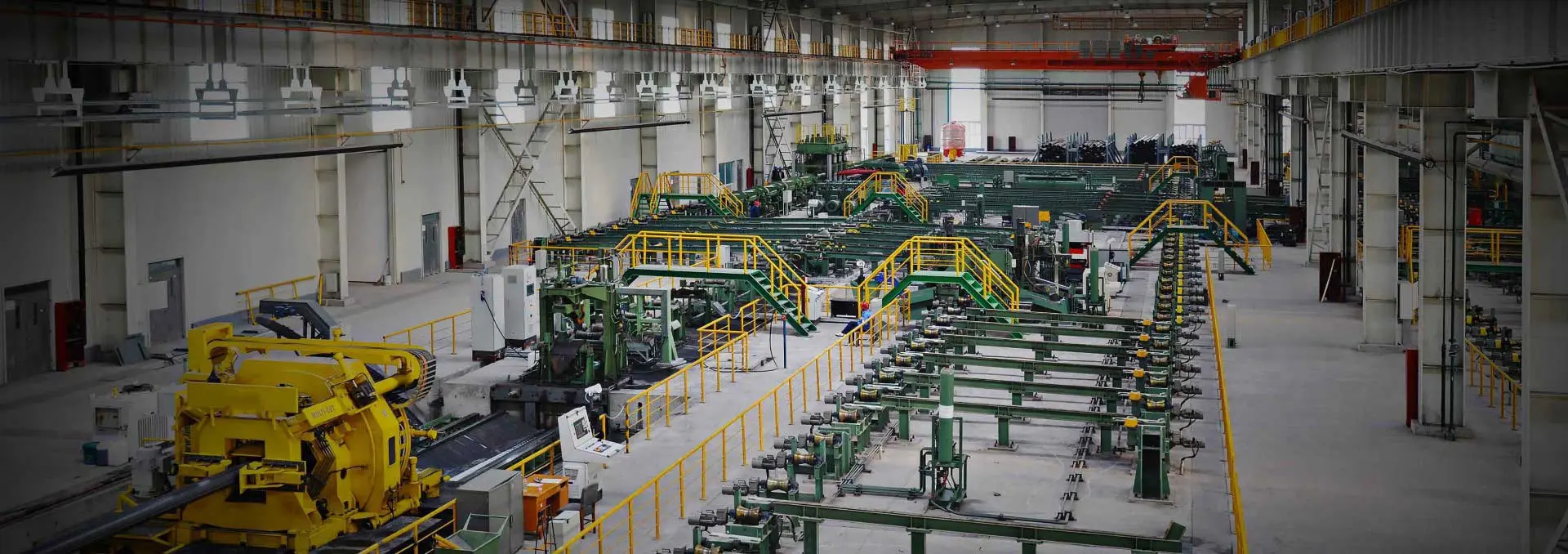When it comes to structural steel tubing, ASTM A500 Grade B is one of the most widely used materials in the world. Known for its balance of strength, formability, and cost-effectiveness, it has become a reliable choice in construction, infrastructure, and industrial projects. But how does it compare with other international standards, and what alternatives are available? Let’s take a closer look.
At Union Steel Industry, we offer a complete range of ASTM A500 products in standard sizes and wall thicknesses, covering both pipe and tube to meet various project needs.
Comparison with International Standards
ASTM A500 Grade B is often compared with European and Japanese counterparts such as EN 10219 S355J0H and JIS STKR490. From a mechanical performance perspective, these materials are quite similar—offering comparable yield and tensile strengths suitable for demanding load-bearing applications. However, there are slight differences in chemical composition that lead to subtle variations in weldability, toughness, and corrosion performance. For example, European S355J0H typically emphasizes impact resistance at low temperatures, while Japanese STKR490 is valued for its dimensional consistency. ASTM A500 Grade B, on the other hand, is known for its broad availability in the North American market and cost efficiency, making it an accessible choice for global buyers.
Compared with ASTM A53 and Stainless Steel
When placed side by side with ASTM A53, another common carbon steel pipe standard, ASTM A500 Grade B generally demonstrates higher strength, which allows engineers to achieve the same structural performance with lighter sections. This not only reduces material consumption but also lowers overall project costs. Compared with stainless steel, A500 Grade B does require protective coatings such as galvanizing or painting to enhance its corrosion resistance. However, its cost-to-performance ratio is much higher, especially in projects where stainless steel’s superior corrosion resistance is not strictly necessary.
Alternative Option: ASTM A1085
For applications demanding even higher performance, ASTM A1085 emerges as a strong alternative. Designed specifically for structural use, A1085 offers tighter tolerances, higher minimum yield strength, and improved toughness. It is particularly well-suited for critical applications such as bridges, seismic-resistant structures, and high-rise buildings. That said, these benefits come at a higher price point, making ASTM A1085 more appropriate for specialized projects rather than standard structural needs.
Conclusion
In summary, ASTM A500 Grade B strikes an ideal balance between strength, affordability, and availability, making it a leading choice for structural tubing. While international equivalents like EN 10219 S355J0H and STKR490 share similar mechanical properties, A500’s cost efficiency often gives it an advantage in global markets. For projects requiring extra strength and precision, ASTM A1085 offers a premium solution. Choosing the right material ultimately depends on a project’s specific requirements—balancing performance, durability, and budget.

 English
English Español
Español




 Tel : +86-18565811709
Tel : +86-18565811709 Email :
Email : 
 News
News




